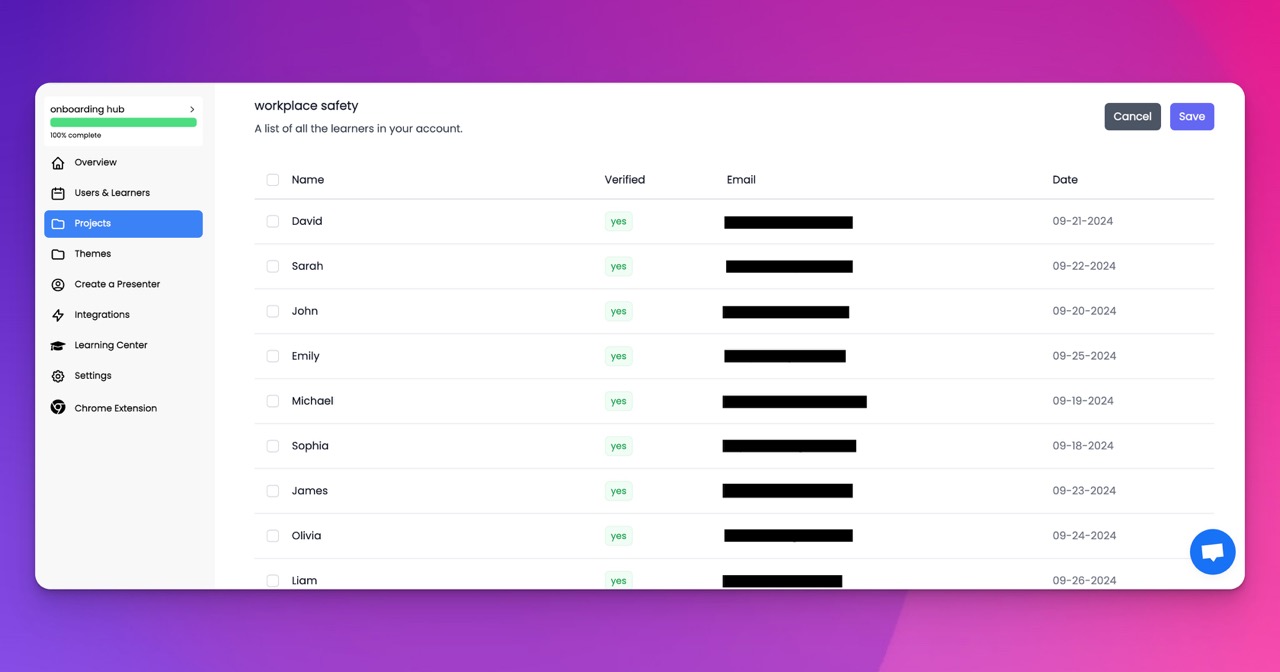🎉 Trainday now integrates with Zendesk and Hubspot 🎉 Trainday now integrates with Zendesk and Hubspot 🎉 Trainday now integrates with Zendesk and Hubspot
🎉 Trainday now integrates with Zendesk and Hubspot
🎉 Trainday now integrates with Zendesk and Hubspot
Contact
Add User
As an administrator or a superuser, you would often need to add new users to your system. Whether it is a new employee joining your team or a new member of an online community, adding a new user is a straightforward process that can be done with a few simple steps.
In most cases, the first step is to log in to your system as an administrator or a superuser. Once you have access to the system, you can use the add user command to create a new user account. Depending on the operating system you are using, the syntax of the command may differ slightly, but the general structure is the same.
When you use the add user command, you will be prompted to provide some basic information about the new user, such as their name, username, and password. You may also be asked to specify the user's home directory, shell, and other options.
After you have entered all the necessary information, the new user account will be created, and the user will be able to log in to the system using their new username and password. Depending on the settings of your system, the new user may be required to change their password on their first login.
It is important to remember that adding a new user to your system comes with certain responsibilities. As an administrator, you are responsible for ensuring that the new user has the appropriate permissions and access to the resources they need to do their job. You should also make sure that the new user is aware of the security policies of your organization and the consequences of violating them.
In conclusion, adding a new user is a simple process that can be done with just a few commands. However, it is important to take the necessary precautions to ensure that the new user has the access they need while maintaining the security and integrity of your system.
Accelerate Compliance.
Deliver OSHA-Ready Courses Instantly.
Empower your team with data-driven training solutions tailored to your industry's safety standards. Stay compliant, reduce risks, and boost productivity with AI-powered course creation.
